Understanding Pawn Movement in Chess
Chess, a game rich in strategy and history, has captivated minds for centuries. Each chess piece has its unique mode of movement, and understanding these is crucial for mastering the game. Among the pieces, the pawn might appear simple but has specific rules governing its movement. One common question among beginners and even some seasoned players is whether a pawn can move backwards. This article explores the movement of pawns in chess, emphasizing their directional limitations.
Basic Pawn Movement
Pawns have the most restricted movement options in chess. They can only move forward and cannot retreat or move backwards. When making their very first move, pawns have the option to move either one or two squares forward. This rule applies only from their initial position, allowing for faster development early in the game. After making this initial move, a pawn can only advance one square at a time.
Pawn Capturing Moves
While pawns move primarily forward, their method of capturing other pieces is slightly different. A pawn captures diagonally, moving one square forward to the left or right rather than straight ahead. This rule means that if an enemy piece occupies a square diagonally in front of a pawn, the pawn can capture that piece by moving to its square, effectively removing the enemy piece from the board.
Exceptional Pawn Moves: En Passant
The en passant rule is a unique capturing move in chess involving a pawn. This move can occur when a pawn advances two squares from its original position and passes an adjacent enemy pawn's capture square. In such a situation, the opponent can capture the first pawn in passing as if it had moved only one square forward. This rule prevents a pawn from using its two-square initial advance to evade capture by an opposing pawn. This move must be done immediately after the initial two-square advance, or the opportunity is lost.
Promotion: Another Aspect of Pawn Movement
While not a backward movement, the concept of promotion is crucial in understanding pawn advancement. When a pawn reaches the opposite side of the board, it is promoted, meaning it is exchanged for a queen, rook, bishop, or knight, according to the player's choice. Usually, players choose a queen as it is the most powerful piece. Promotion dramatically increases the strategic possibilities for the player whose pawn is promoted.
Strategic Implications of Forward-Only Movement
The inability of pawns to move backwards influences chess strategy significantly. Since pawns can only move forward, their advance needs careful planning. Positioning pawns can both open up or block other pieces’ movements, and once a pawn moves forward, the decision is final in terms of positioning. This irreversibility requires a vision of potential future advancements and understanding of the game's broader tactical landscape.
Conclusion
So, can chess pawns move backwards? The clear answer is no. Pawns can only advance forward, capturing other pieces only on the diagonal. This unique movement demands careful strategic planning and placement. Understanding pawn movement is essential for beginners and can significantly impact the game's outcome, even at higher levels of play. By mastering how and when to move these pieces, players can enhance their overall chess strategy and increase their chances of securing a victory.
Explore our large collection of luxurious chess sets!

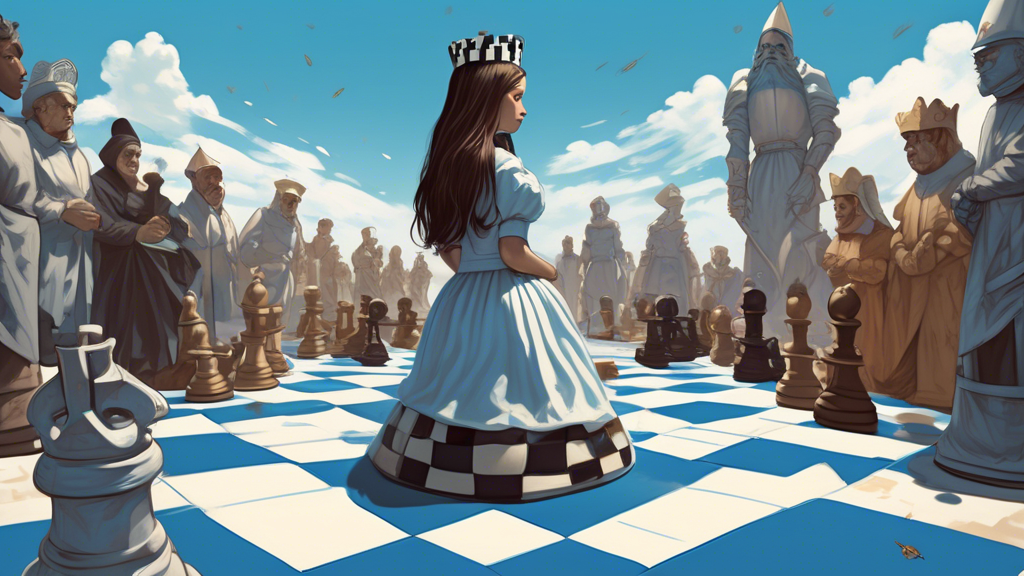
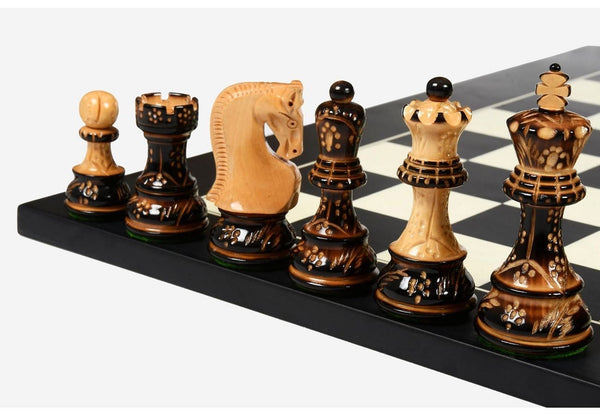

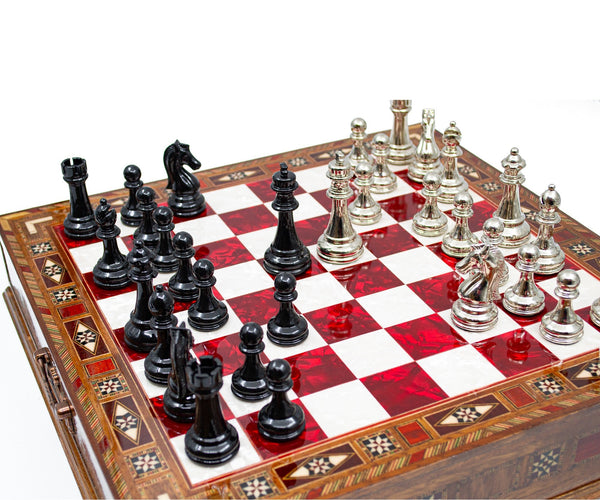
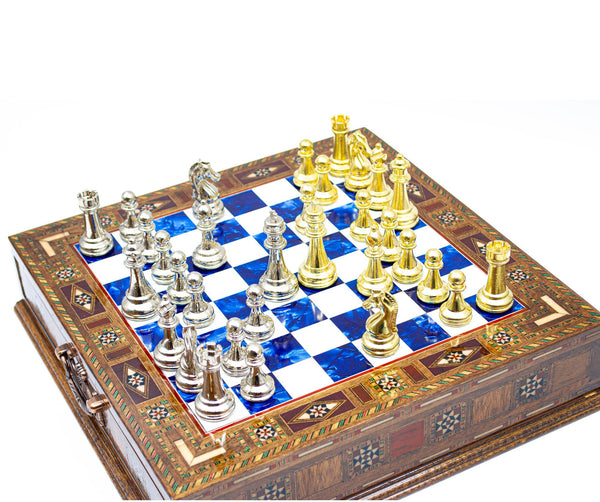
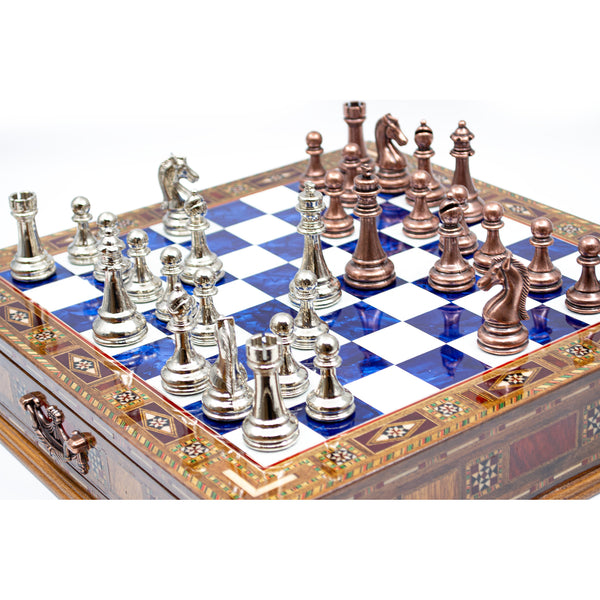
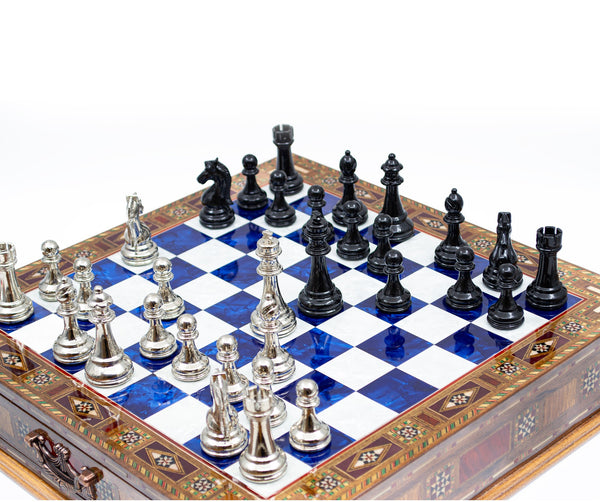






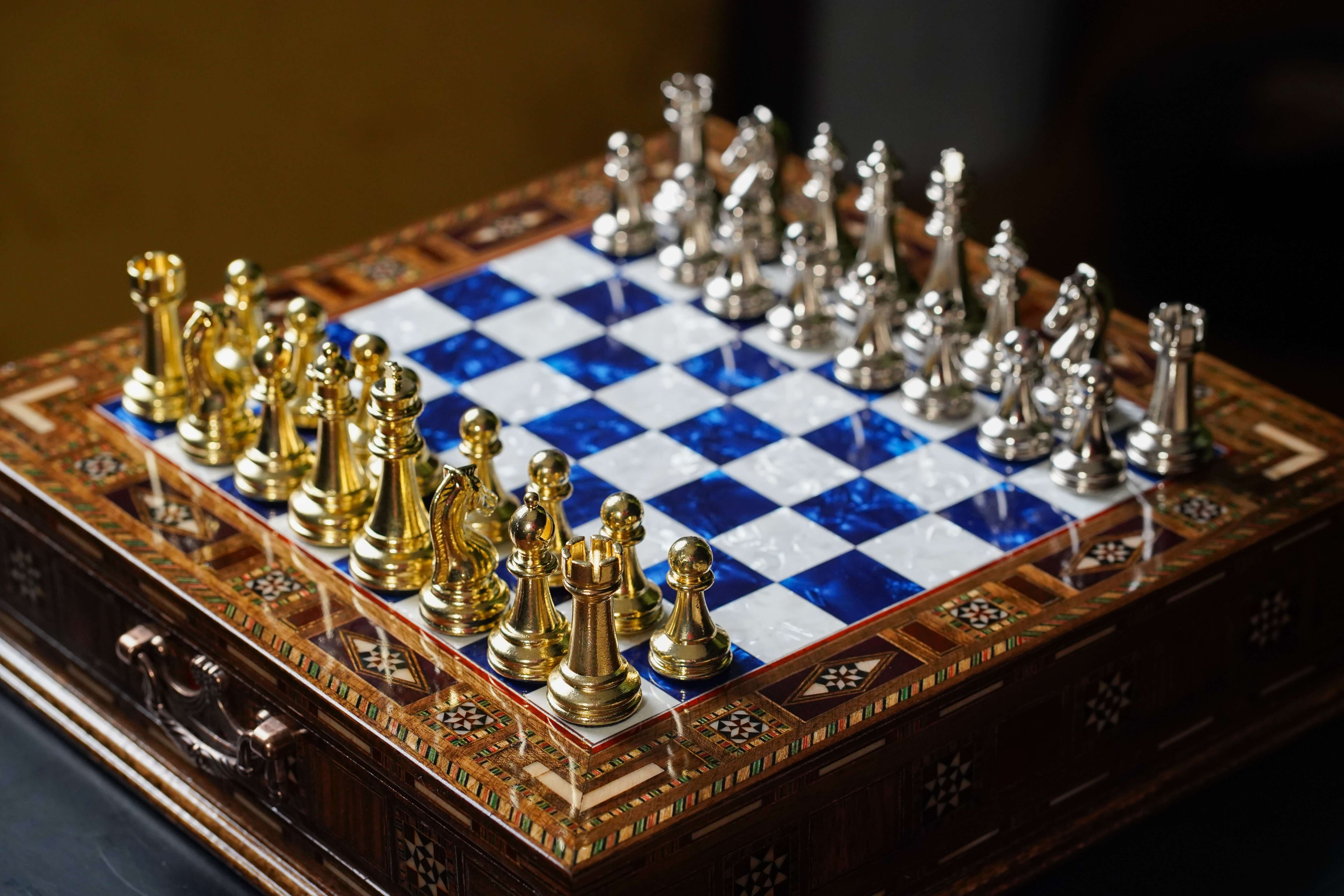
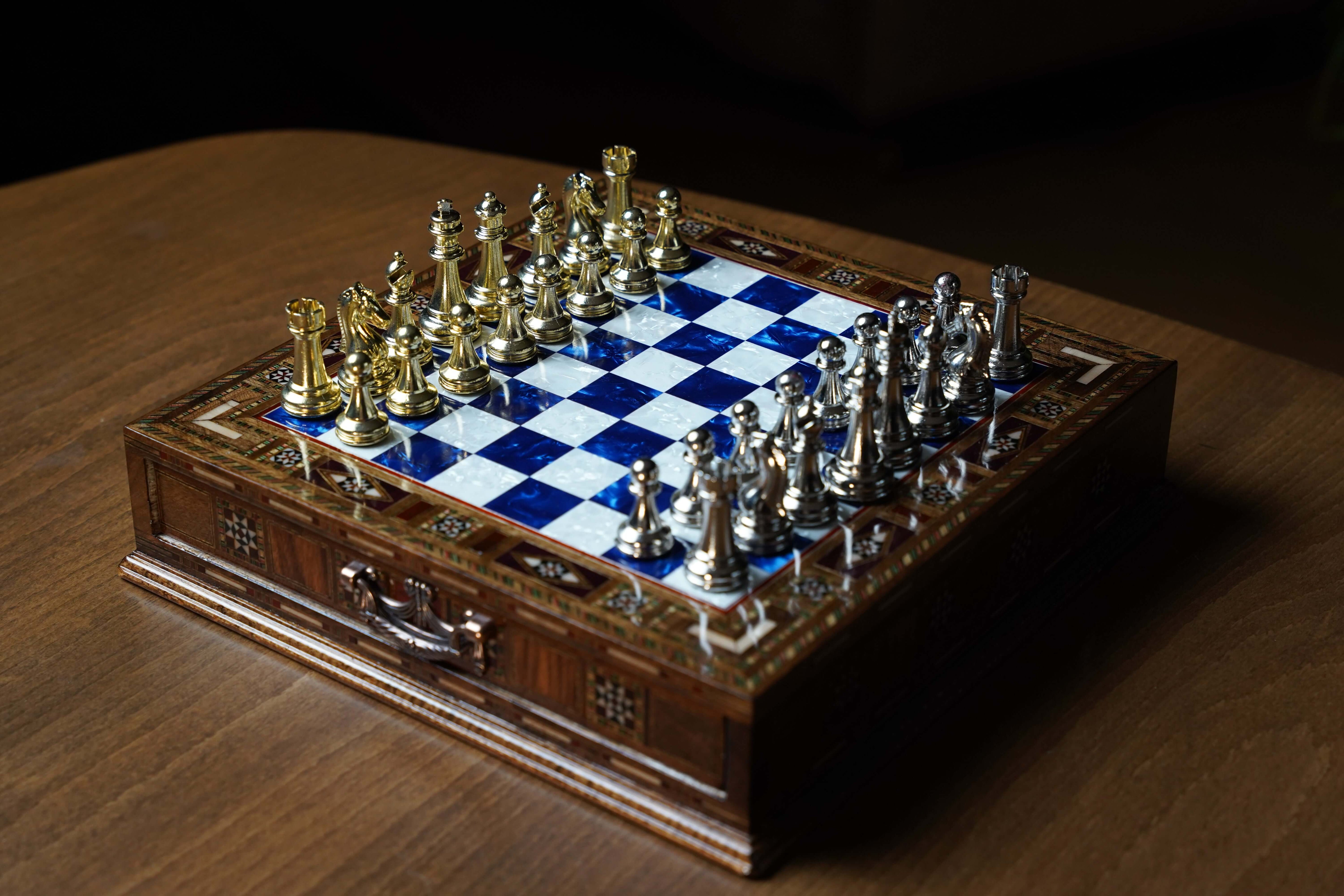
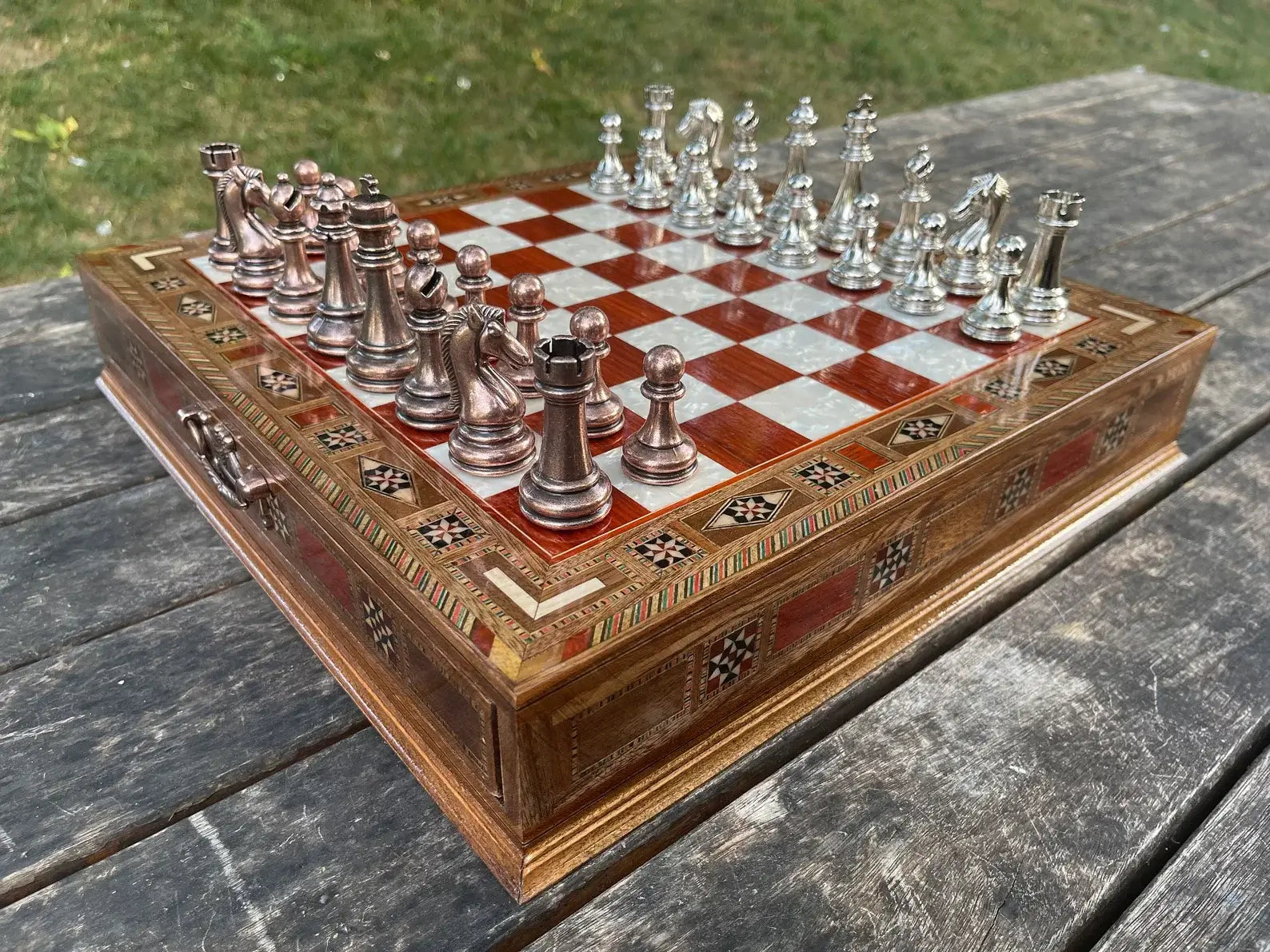
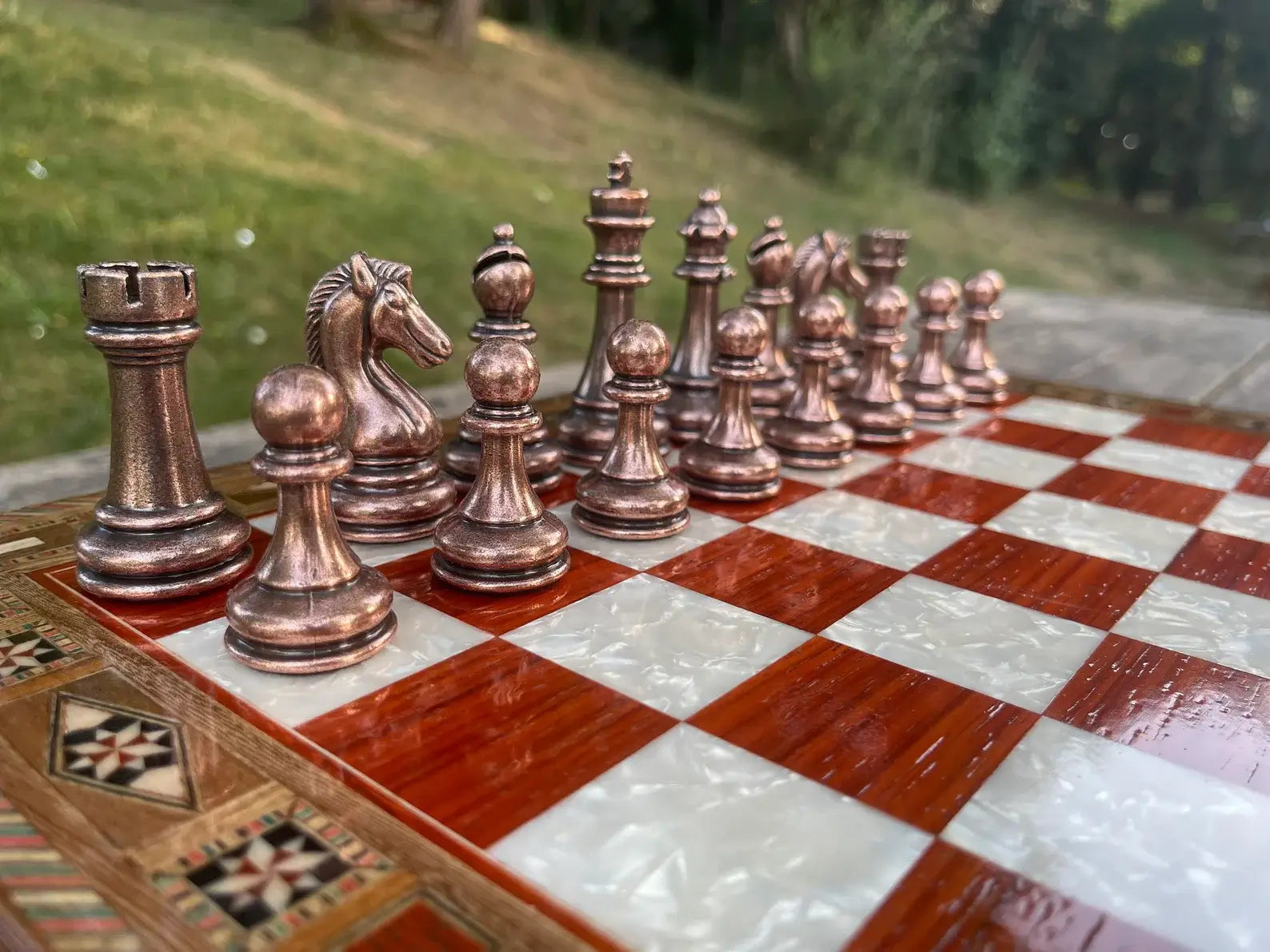
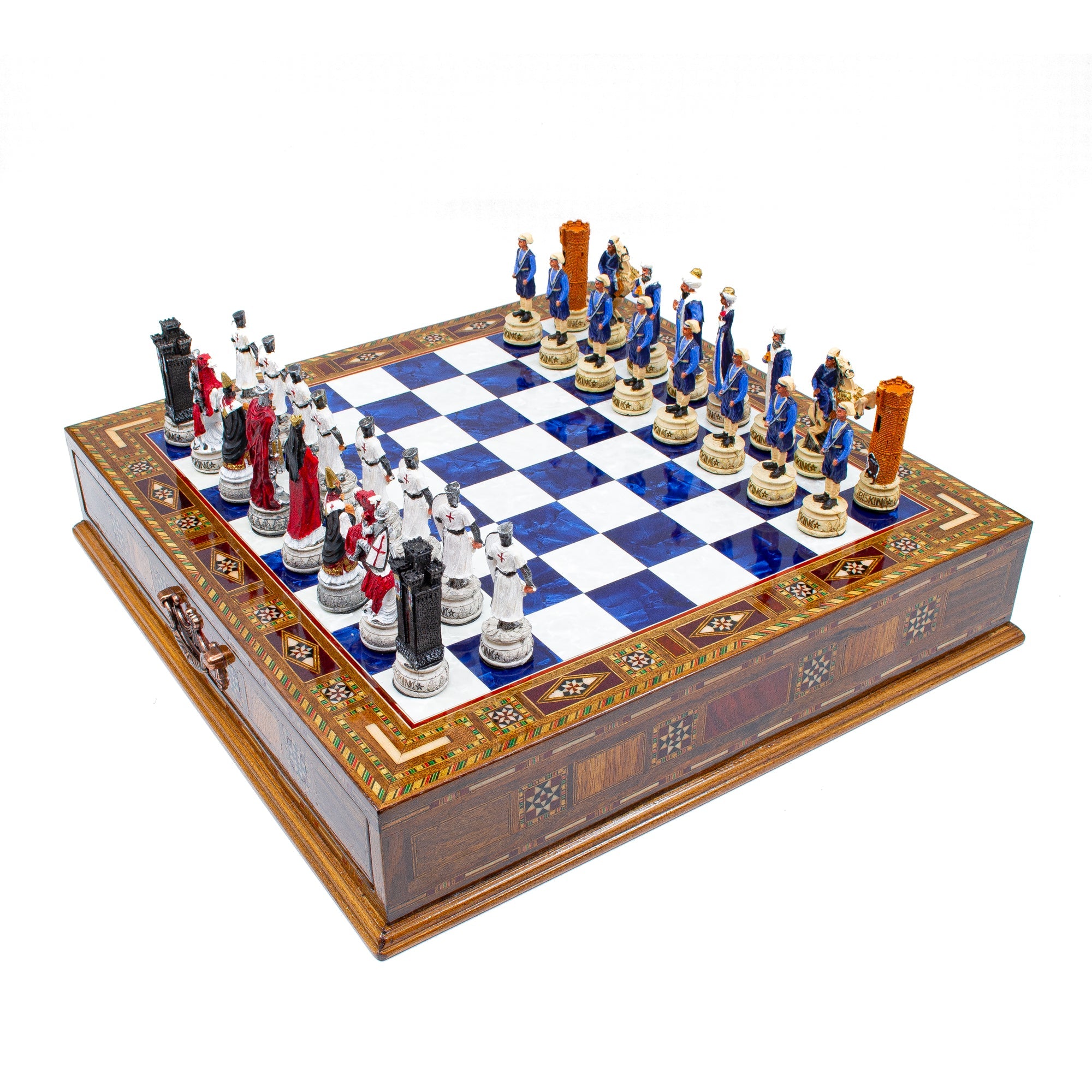
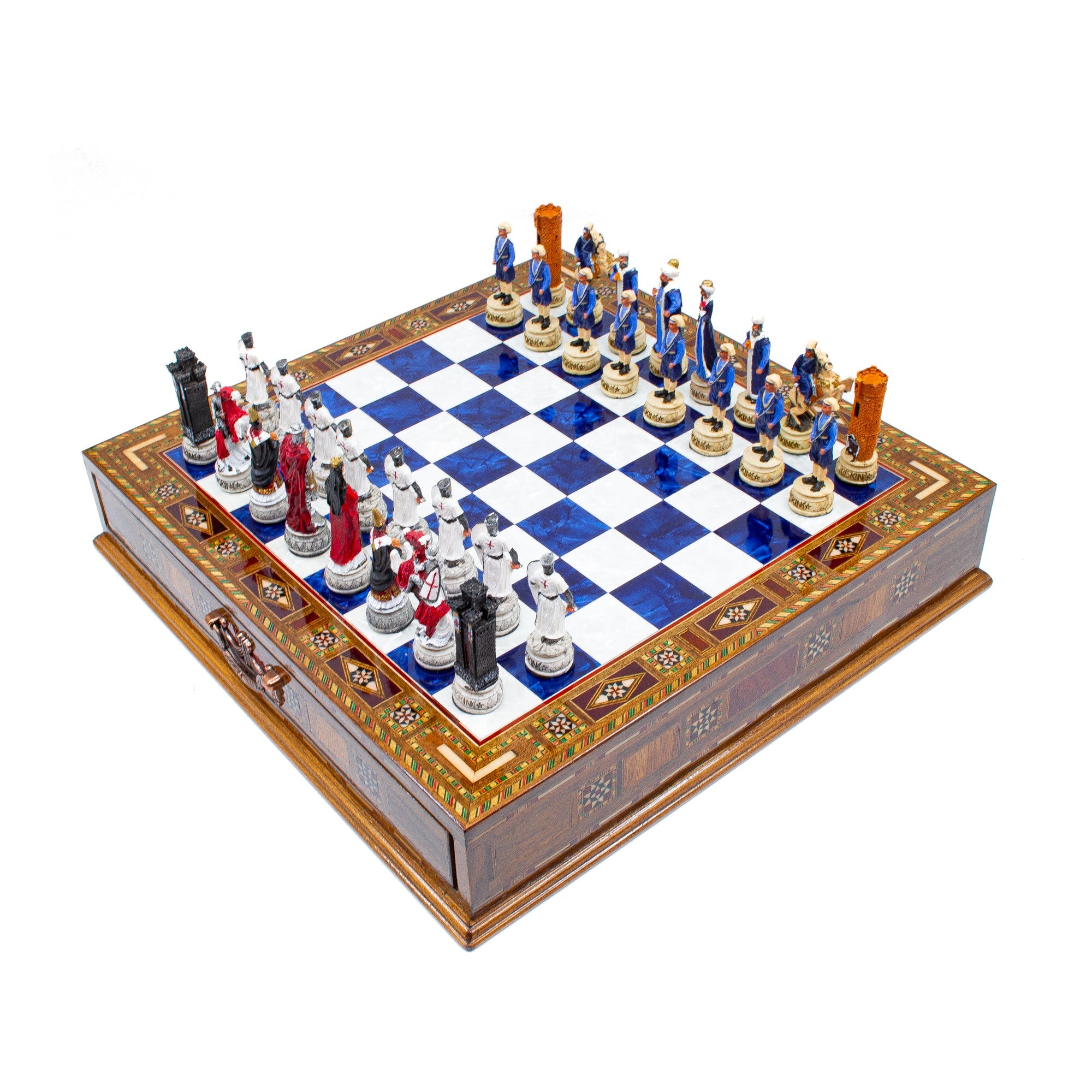
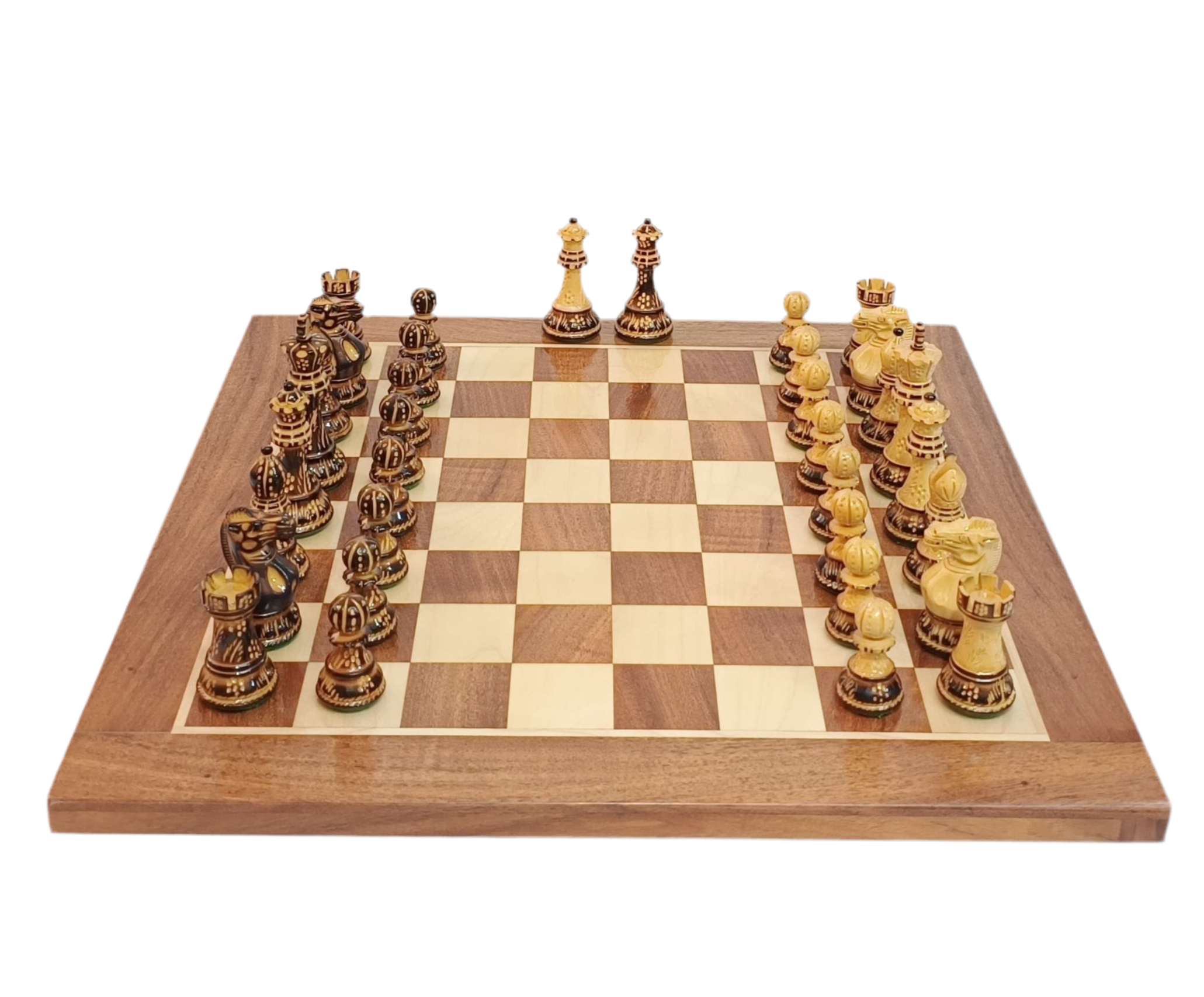
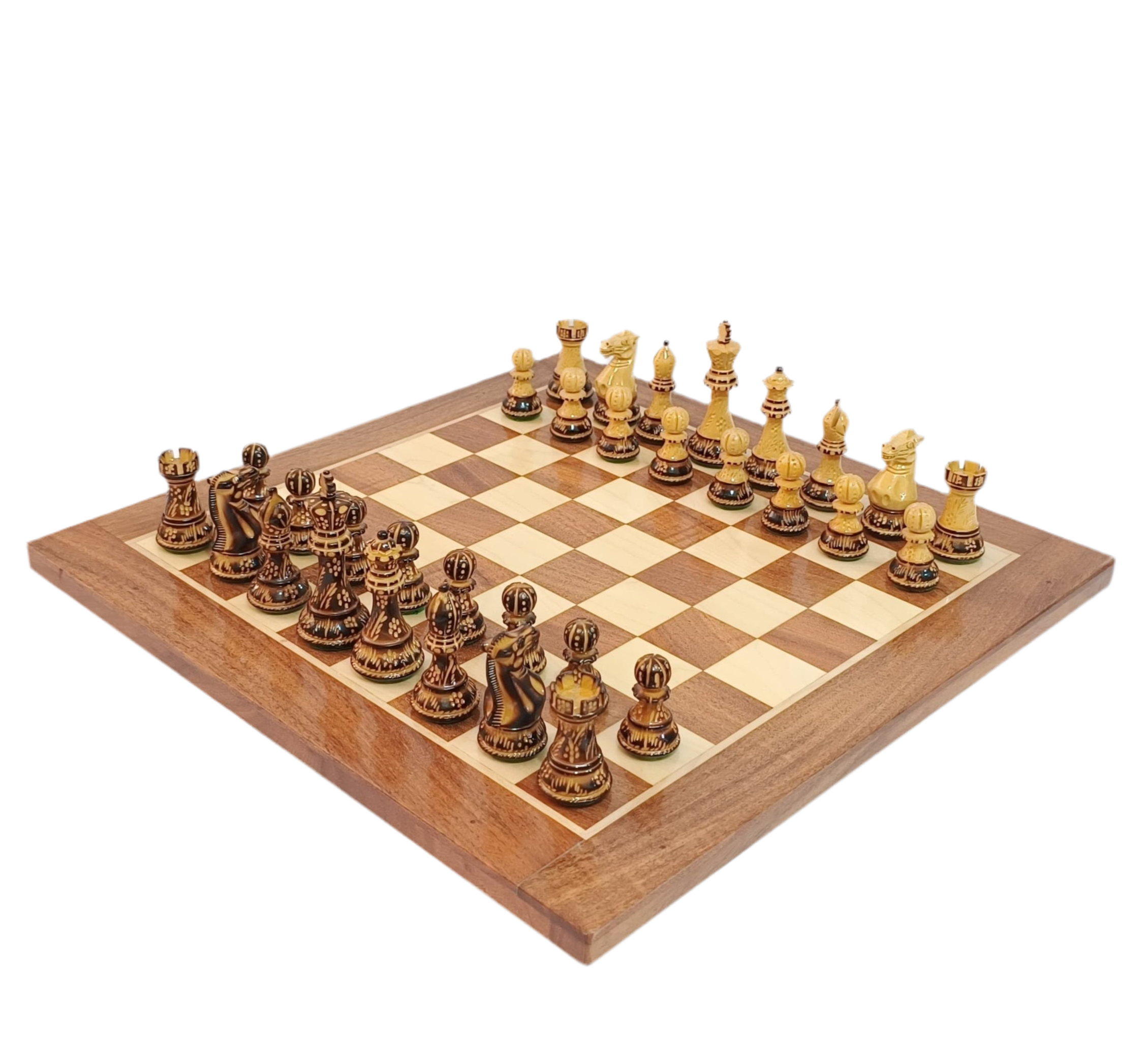
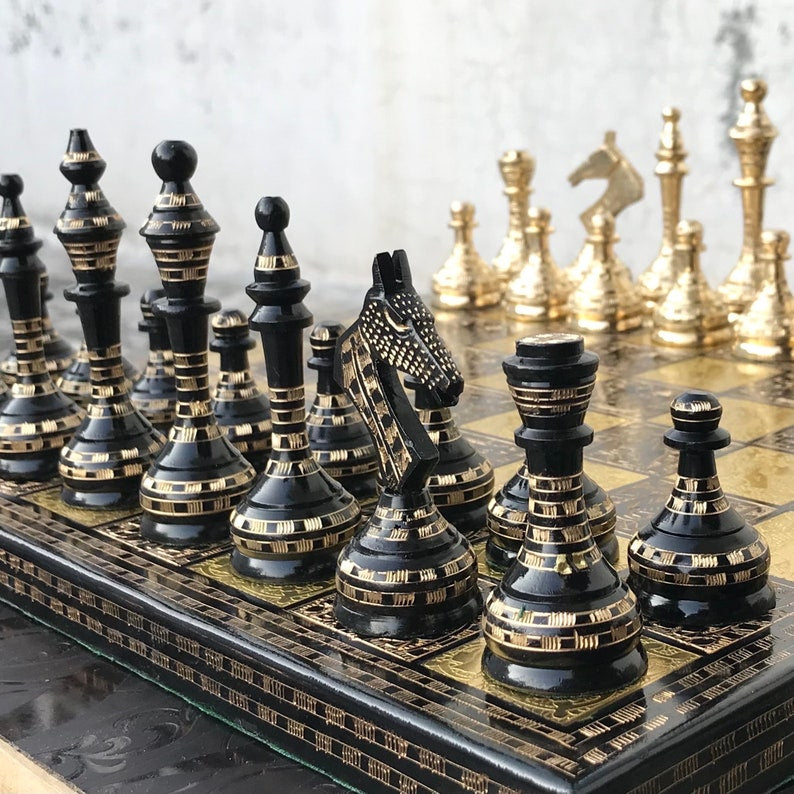
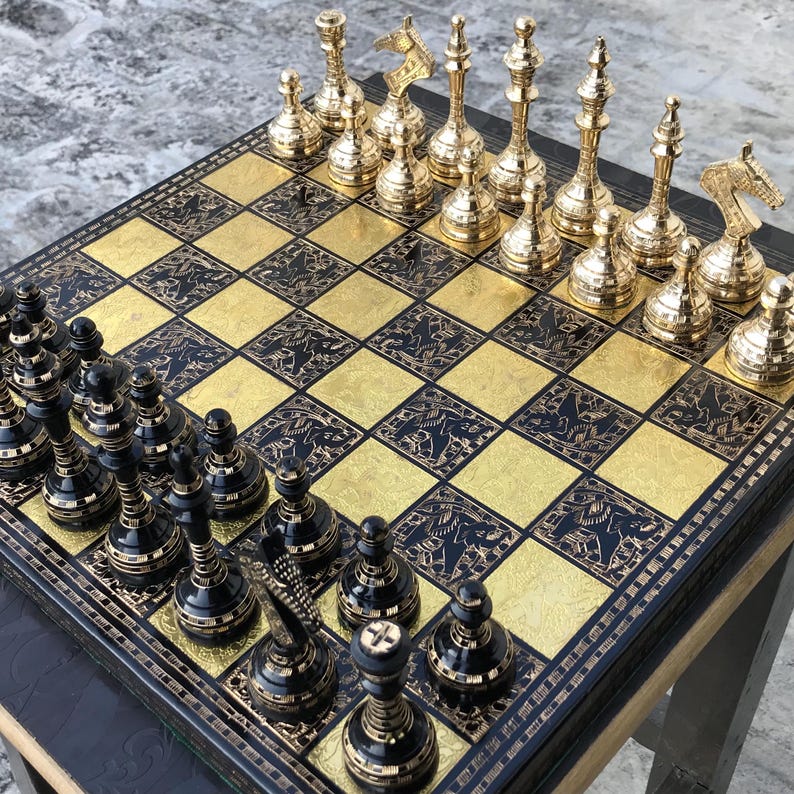


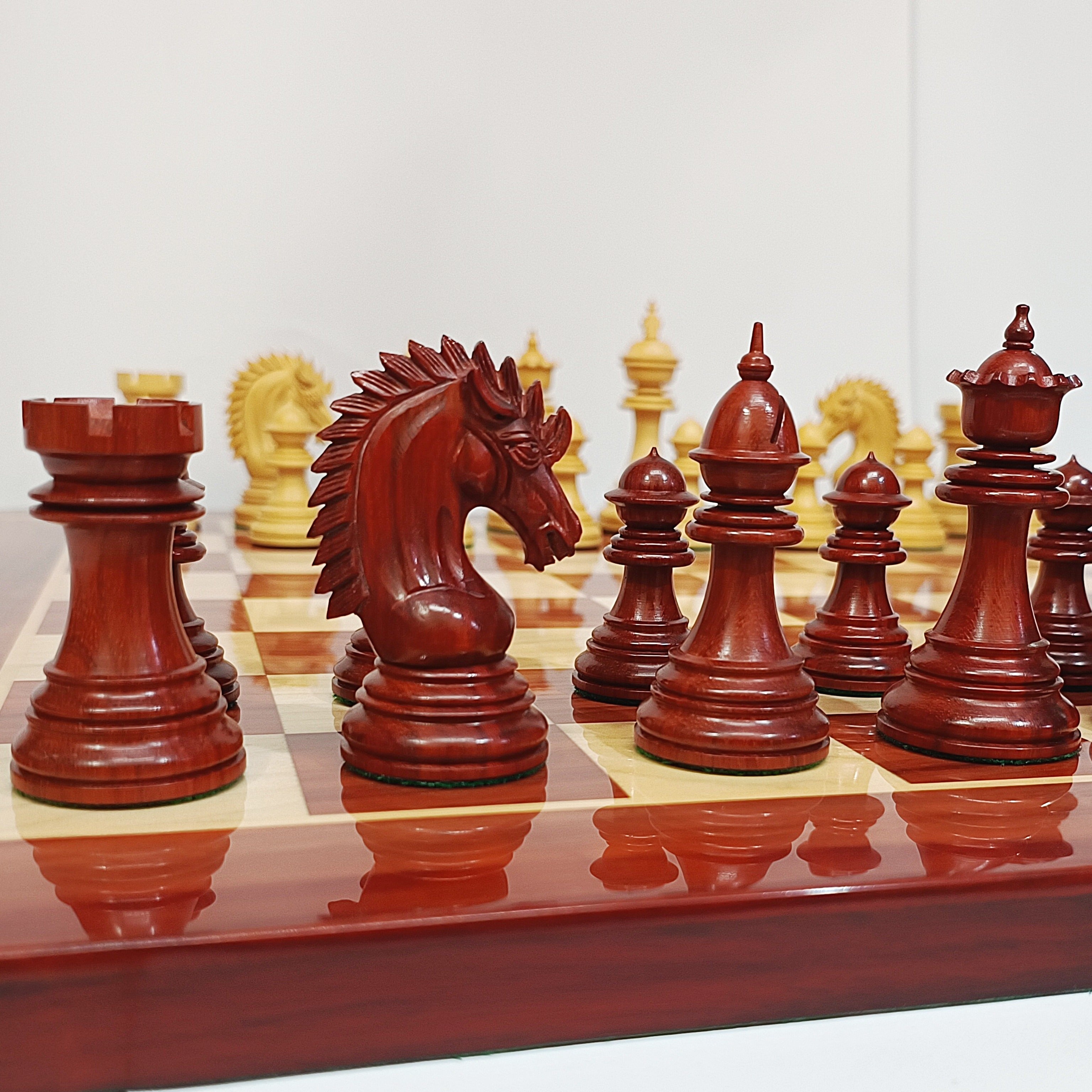
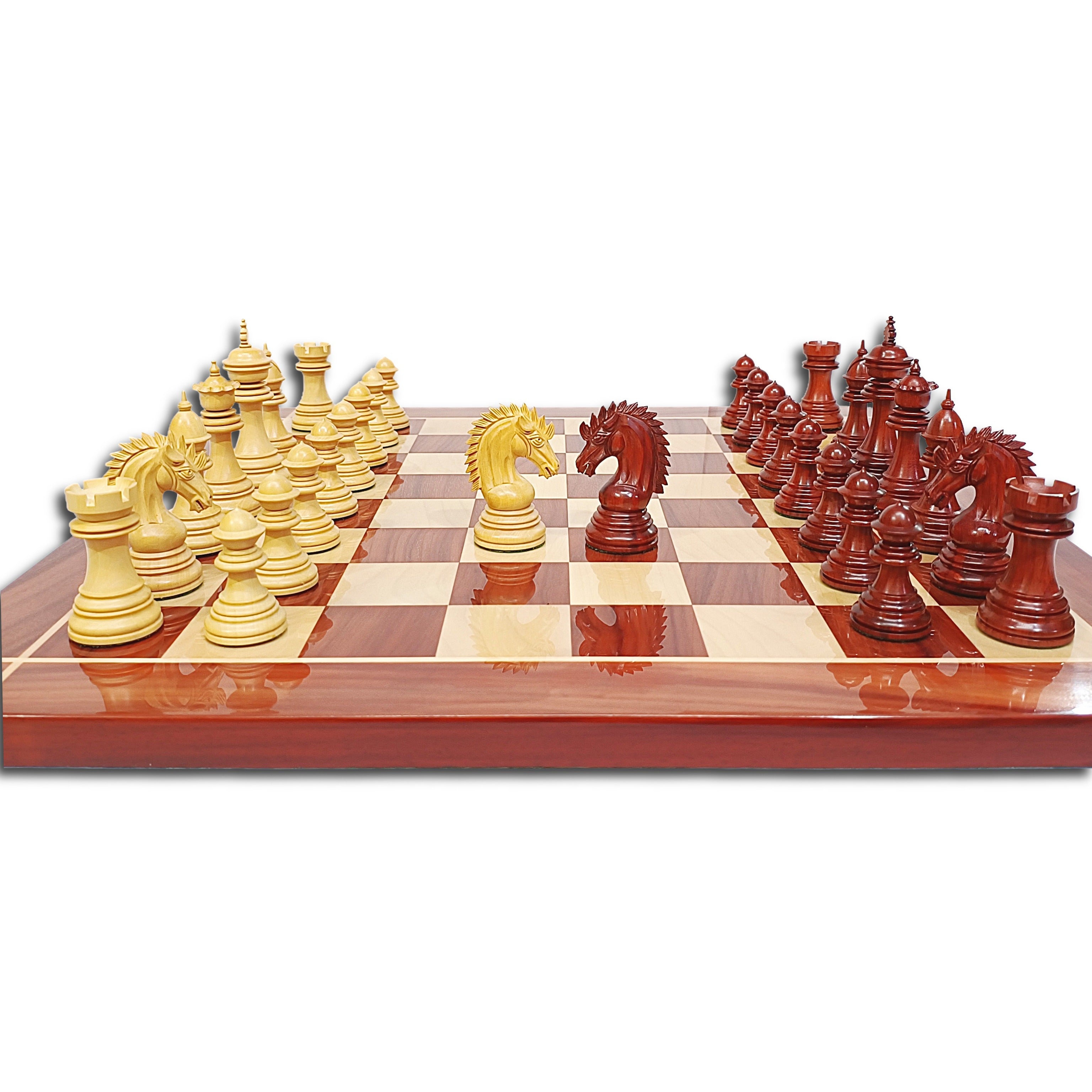

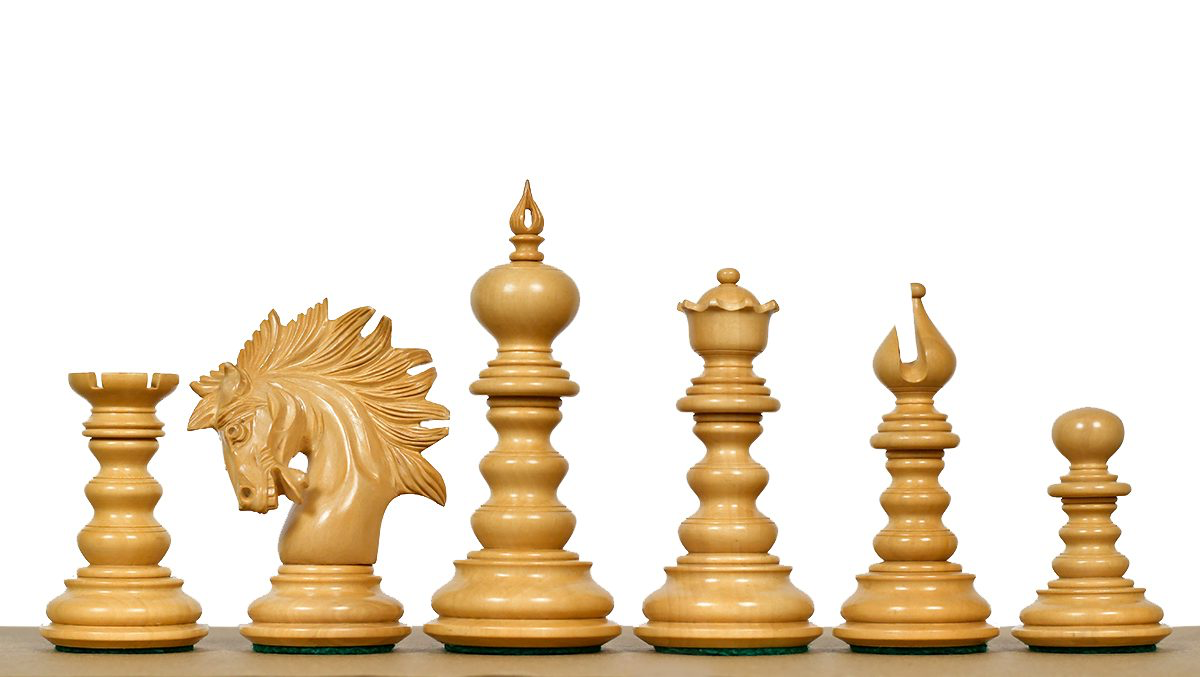
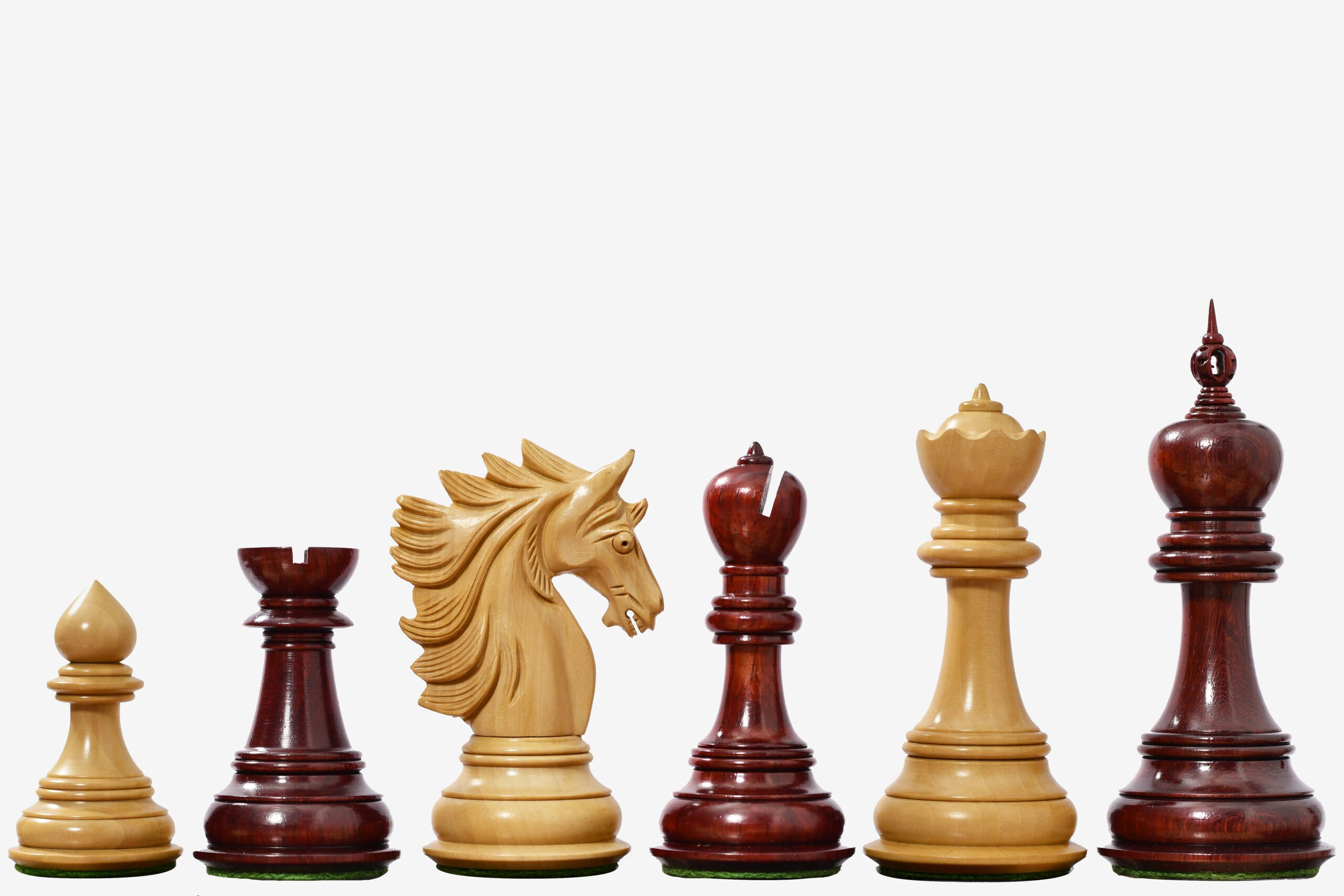
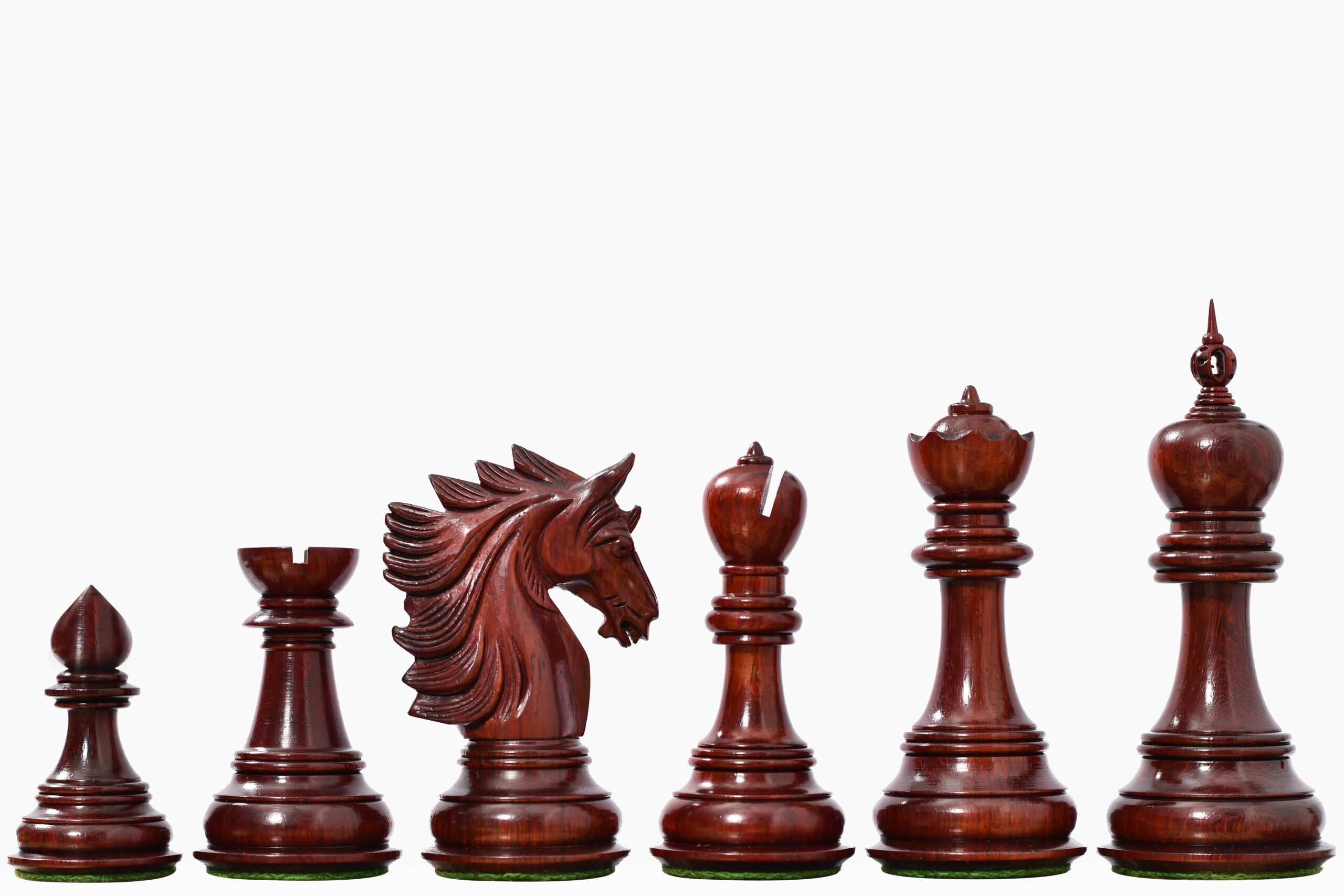
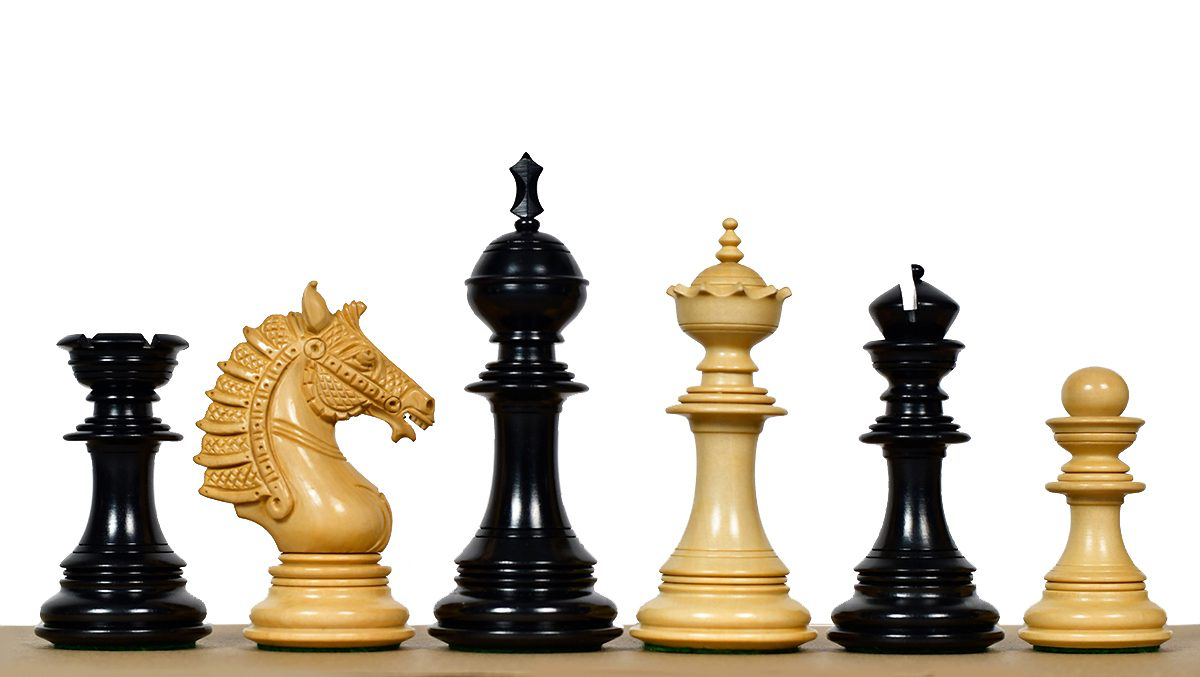
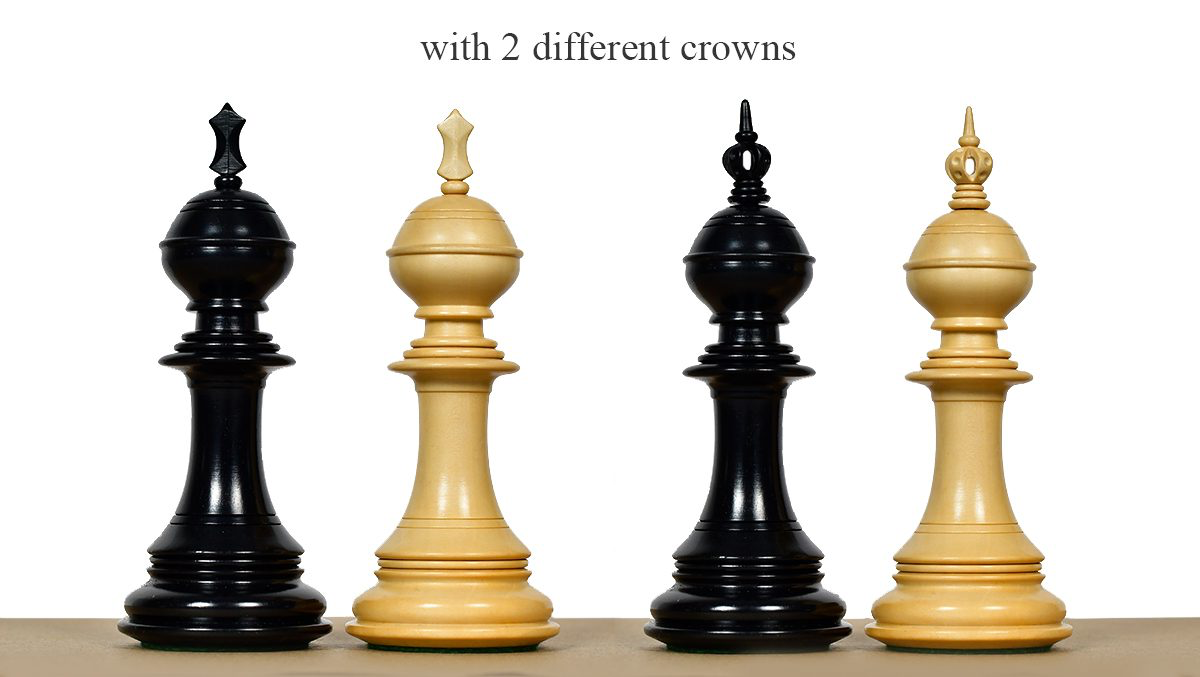
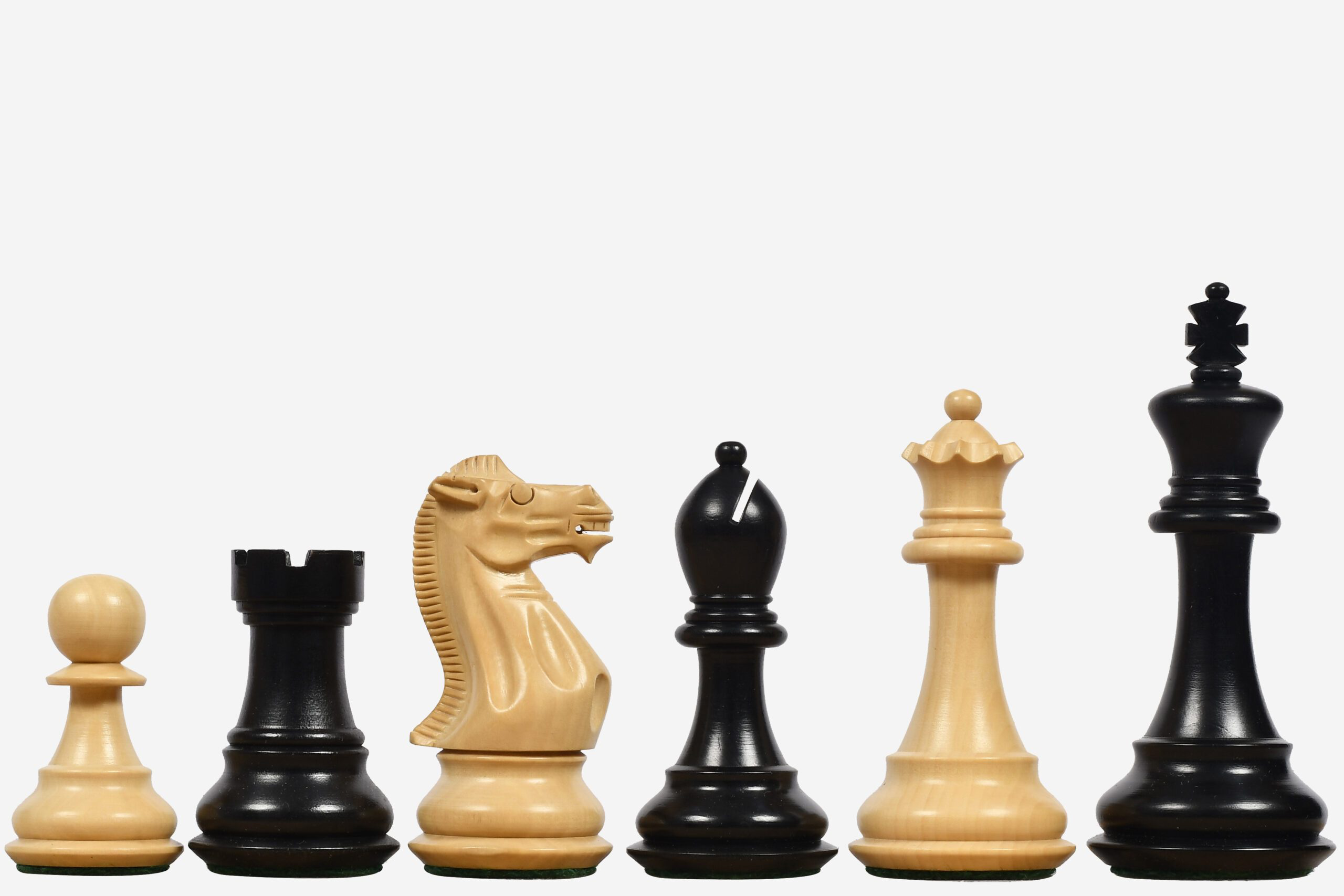
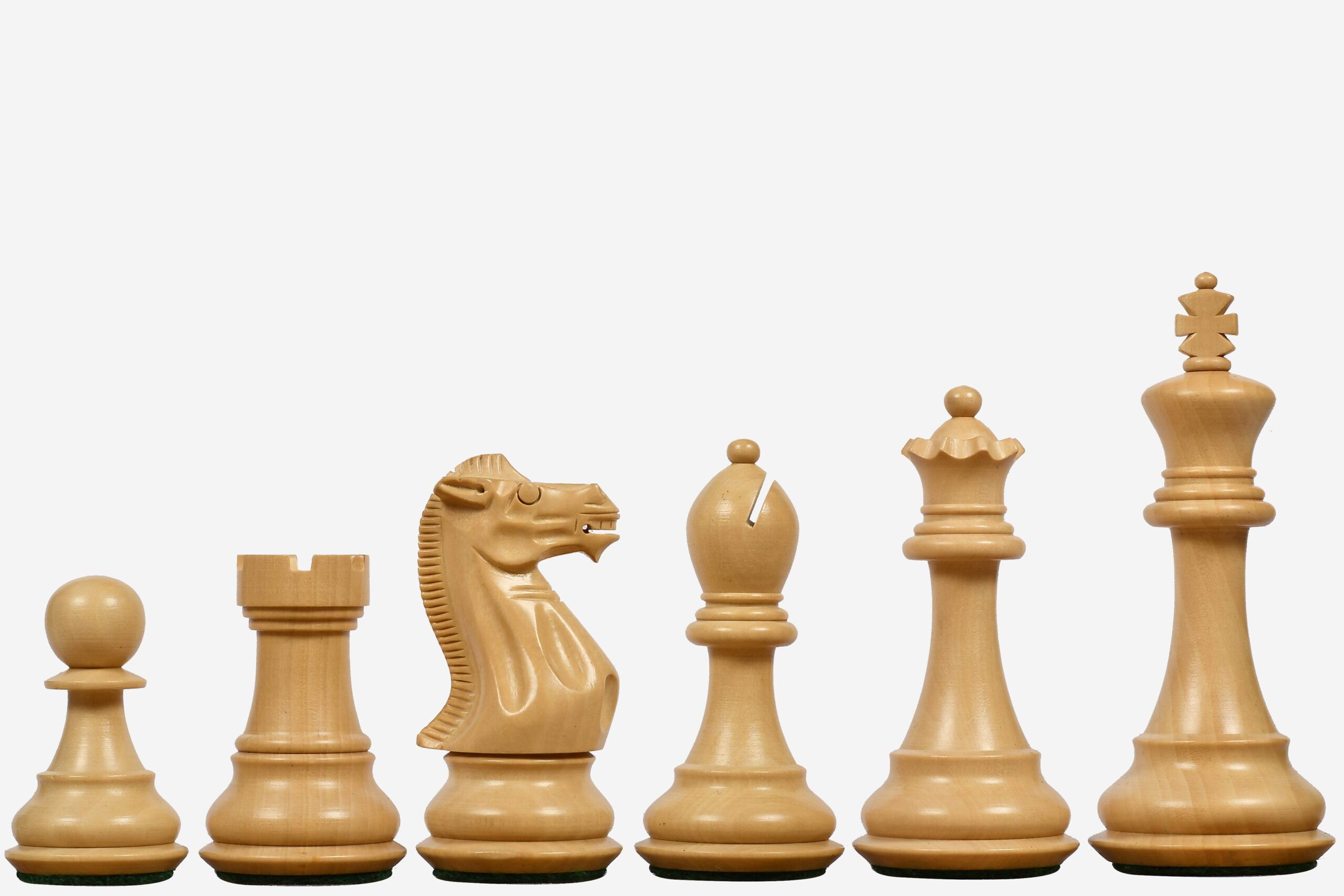
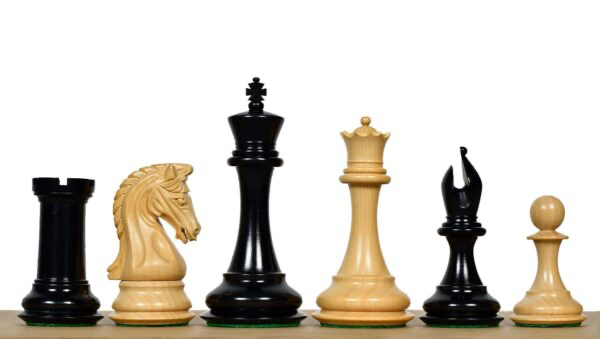
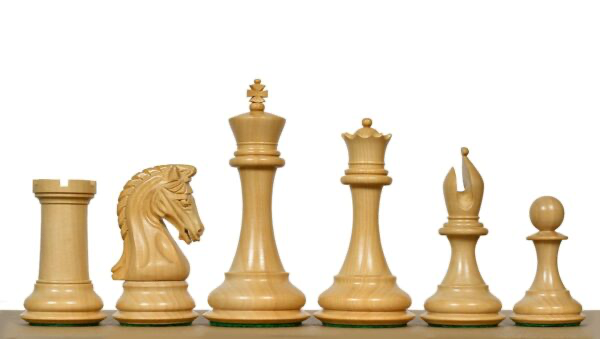
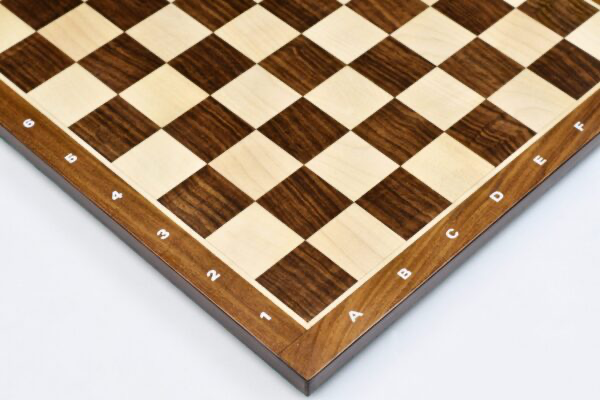
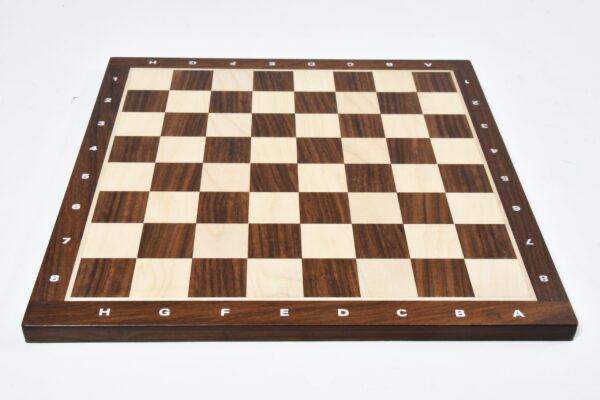
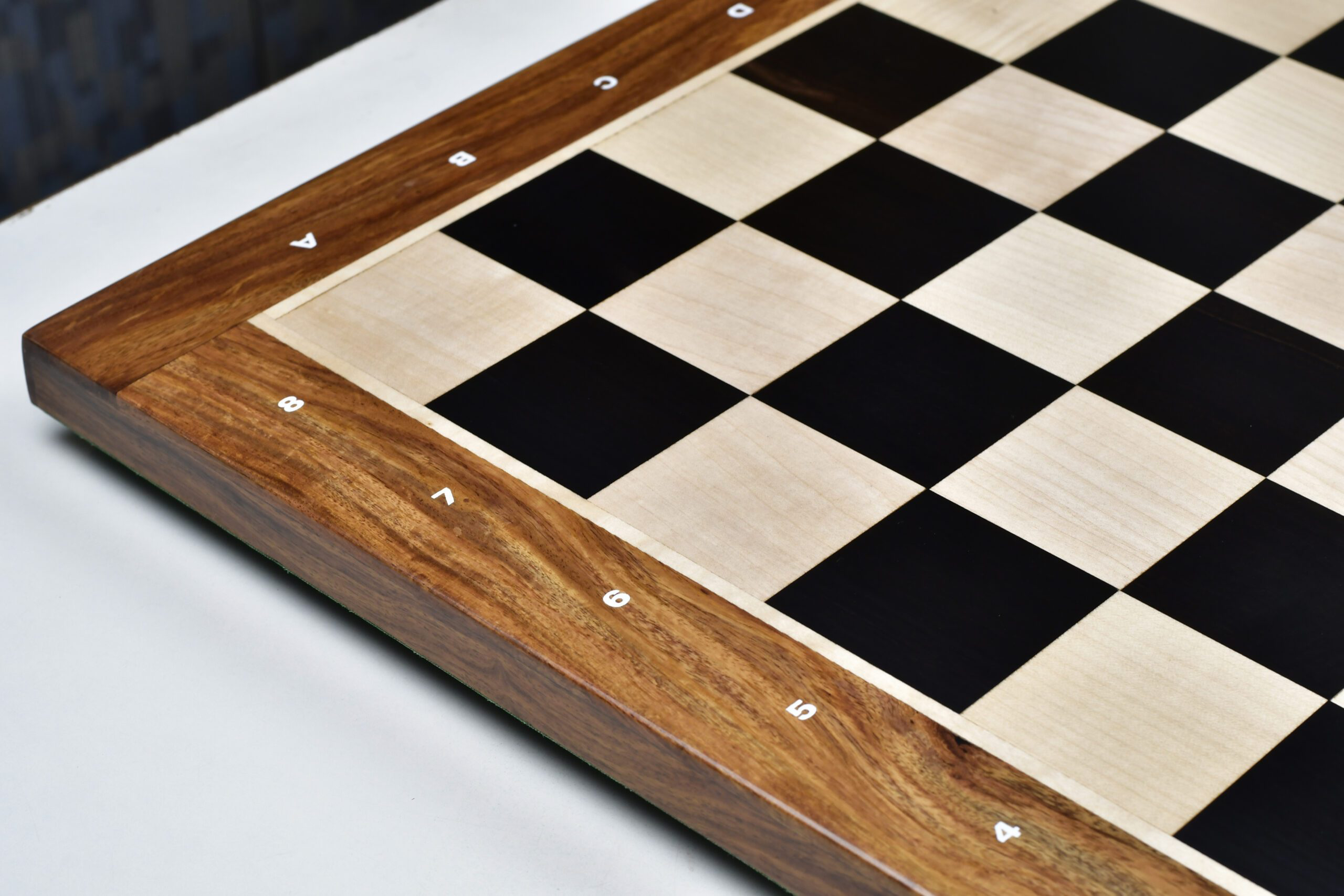
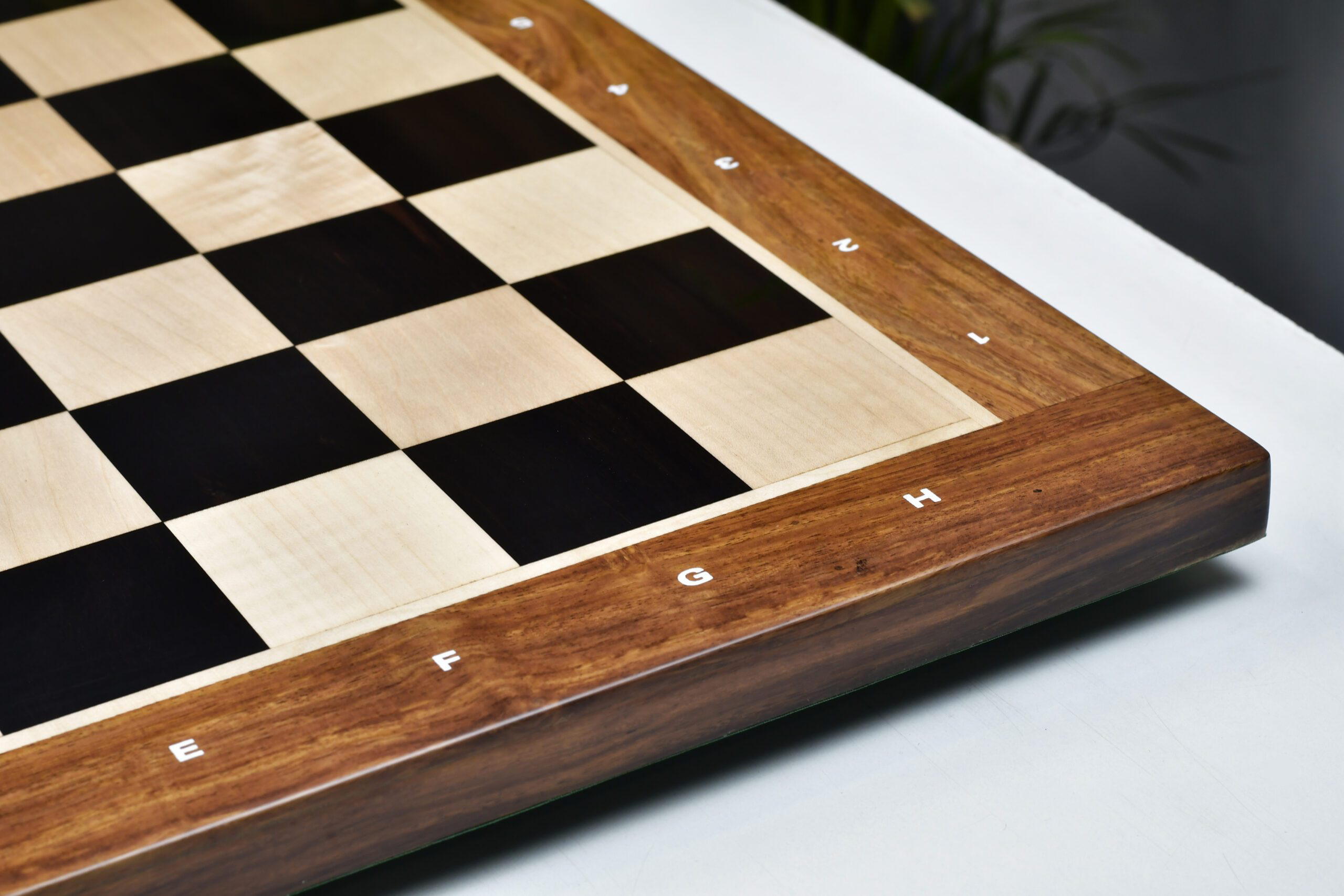


Leave a comment
All comments are moderated before being published.
This site is protected by hCaptcha and the hCaptcha Privacy Policy and Terms of Service apply.